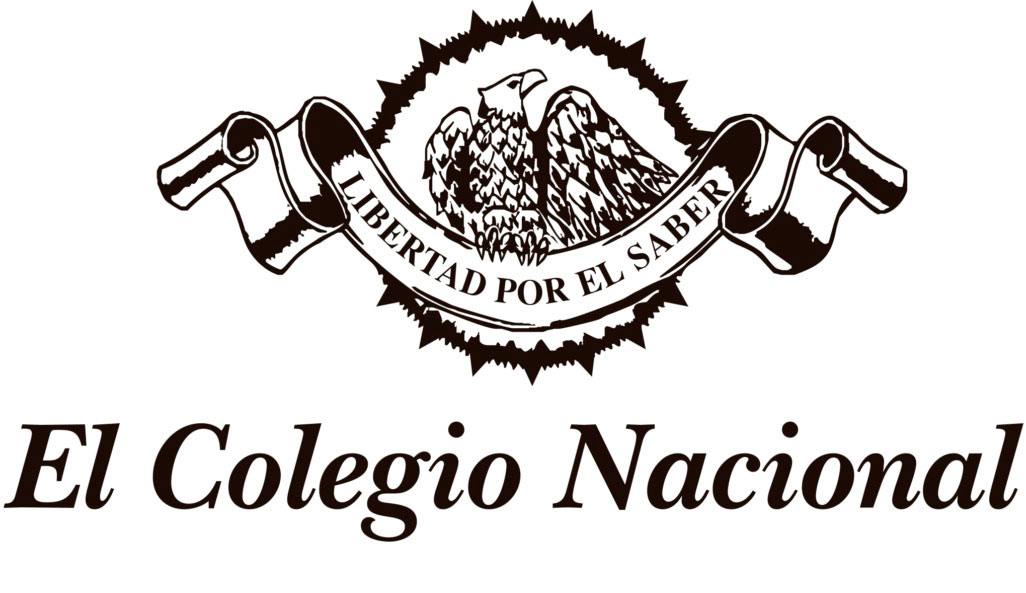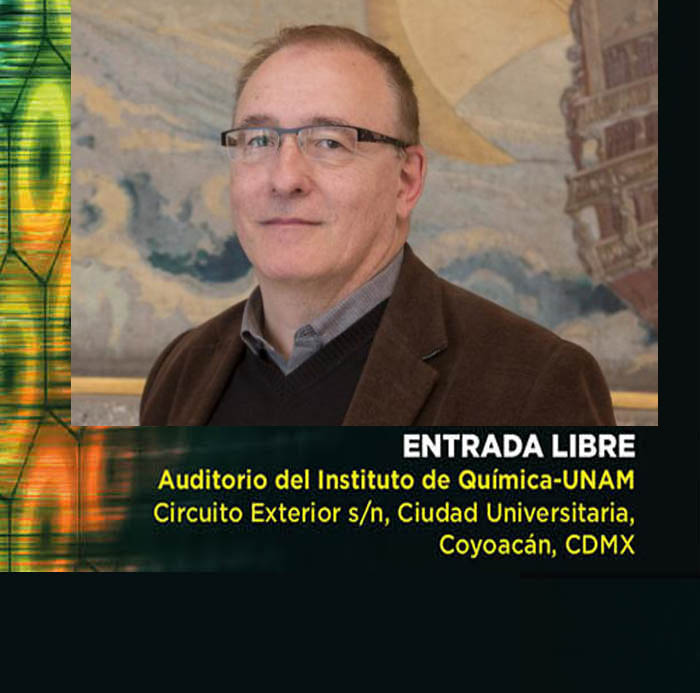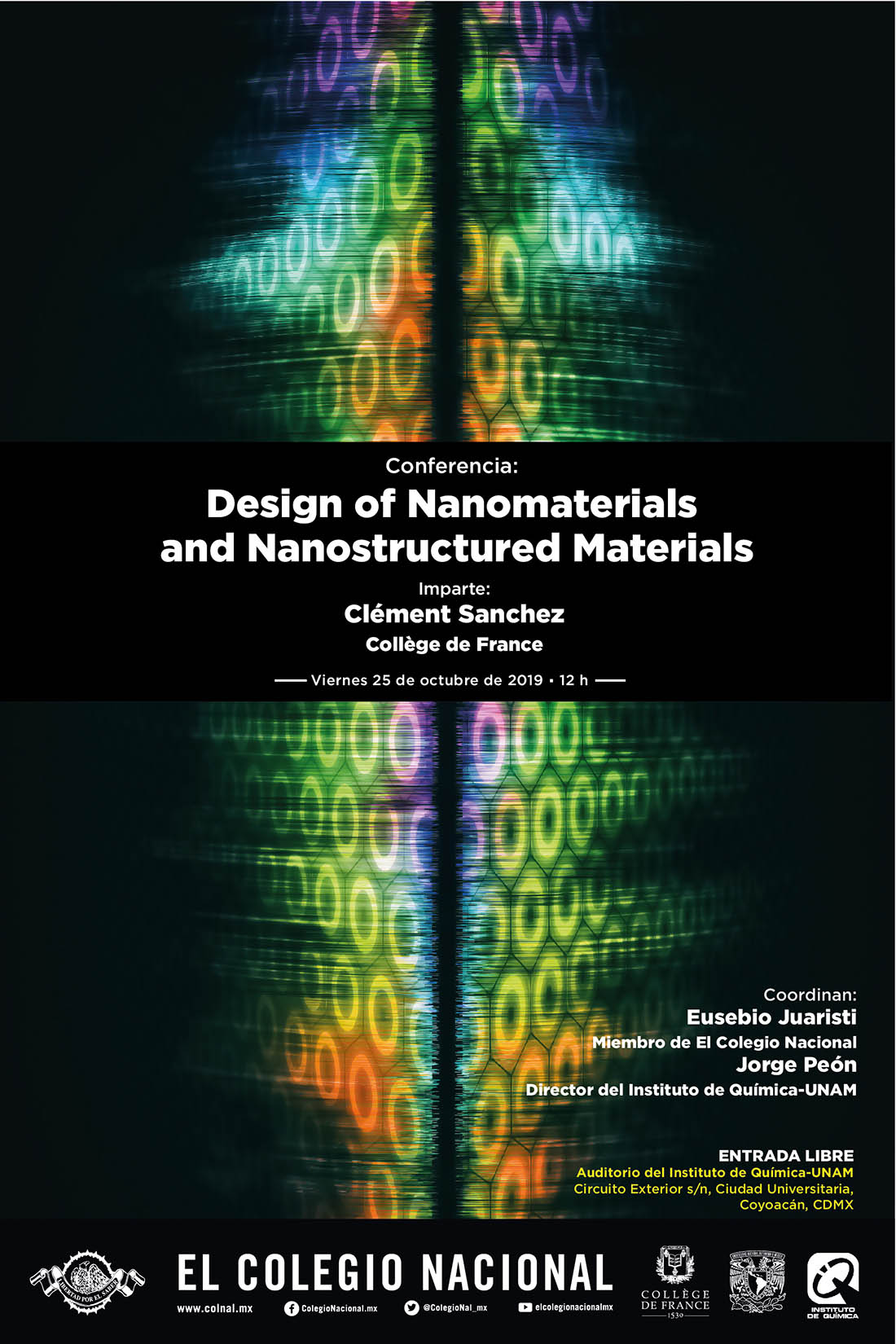Design of Nanomaterials and Nanostructured Materials


COORDINA LA CONFERENCIA:
Dr. Eusebio Juaristi
Miembro de El Colegio Nacional
Dr. Jorge Peón Peralta
Director del IQ-UNAM.
Seminario en el Instituto de Química
Design of Nanomaterials and Nanostructured Materials
Impartirá: Prof. Clément SanchezLaboratoire de Chimie de la Matière Condensée de Paris, UMR 7574, CNRS-Université Pierre et Marie Curie.
Difusión y comunicación: Hortensia Segura Silva.
Entrada libre
RESUMEN
Hybrid inorganic-organic materials can be broadly defined as synthetic materials with organic and inorganic components which are intimately mixed. They can be either homogeneous systems derived from monomers and miscible organic and inorganic components, or heterogeneous and phase-separated systems where at least one of the components’ domains has a dimension ranging from a few Å to several nanometers. Hybrid phases can also be used to nanostructure or texture new inorganic nanomaterials (porous or non porous). The versatile synthetic conditions provided by bottom up strategies such as reactive molecular precursors or clusters, tunable processing temperatures and solvents and the adjustable rheology of the colloidal state allow for the mixing of the organic and inorganic components at the nanometer scale in virtually any ratio. These features, and the advancement of organometallic chemistry and polymer and sol-gel processing, make possible a high degree of control over both composition and structure (including nanostructure) of these materials, which present tunable structure-property relationships. This, in turn, makes it possible to tailor and fine-tune properties (mechanical, optical, electronic, thermal, chemical…) in very broad ranges, and to design specific systems for applications. Hybrid materials can be processed as gels, monoliths, thin films, fibers, particles or powders or can be intermediates to design materials having complex shapes or hierarchical structures. The seemingly unlimited variety, unique structure-property control, and the compositional and shaping flexibility give these materials a high potential in catalysis, biocatalysis, photocatalysis, etc…. This lecture will describe some recent advances on integrative materials chemistry that allows via a chemistry-process coupling to tailor made nanostructured and hierarchically structured functional inorganic and hybrid materials. Some of their properties will be discussed.

